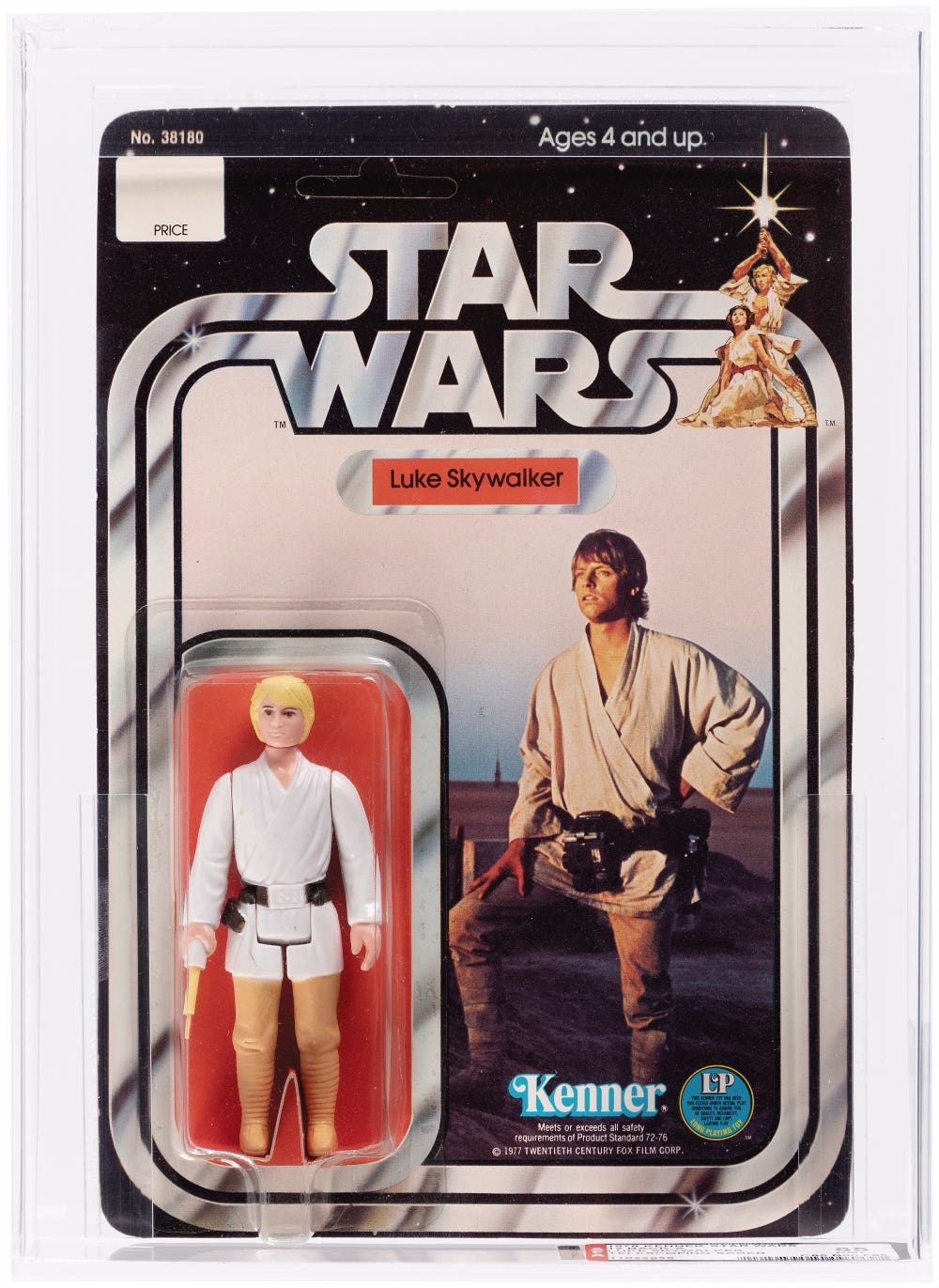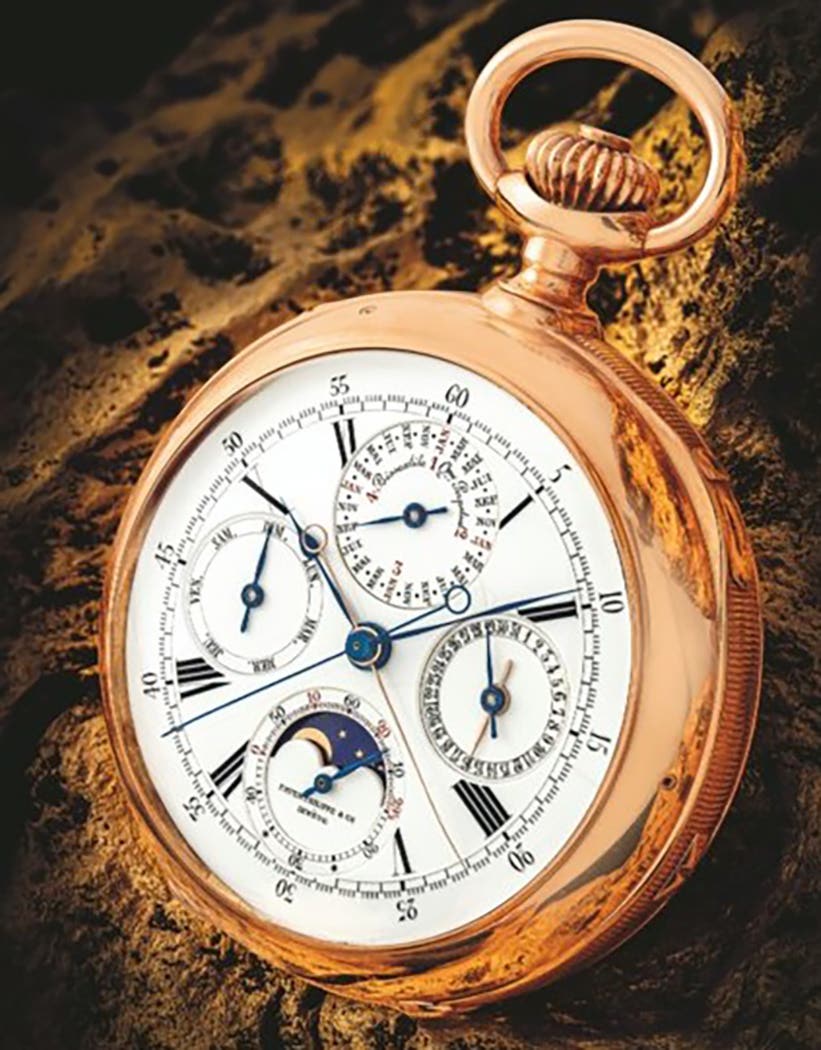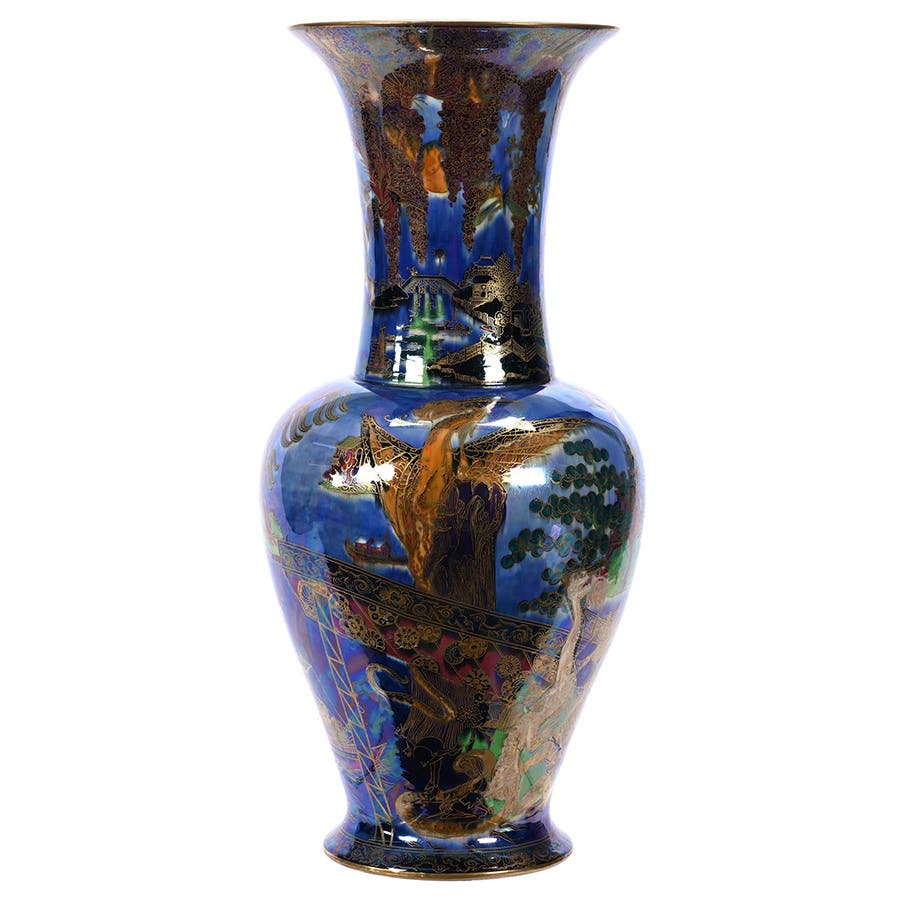Guide to Identifying Whiskey Flasks
Whiskey flasks have a wide variety of shapes, styles, sizes, and colors. This breakdown will help you determine which type of whiskey flask you have.
When I began digging in Tonopah and Goldfield, Nevada, more than 45 years ago, I found an abundance of a certain type of bottle: the whiskey flask.
Not surprising since the silver and gold strikes of Tonopah and Goldfield brought in thousands of miners whose favorite beverage choice was whiskey.
Beer was good, but they liked the taste of whiskey for their parched, dry throats. Who would argue with that?
After more bottle digging, bottle shows, joining a bottle club, researching, and learning from other collectors who started long before I did, it became clear there wasn’t just one type of flask.
Flasks have a wide variety of shapes, styles, sizes, and colors. All with unique names like Union Oval, Picnic and Jo-Jo (Pumpkin Seed), Shoo-Fly, Coffin Shape, Eagle, Dandy, Tear Drop, and the pattern molded “Pitkin” flasks, to name a few.
These flasks were produced in the thousands during both pre and post-Prohibition time-frames, and designed to be small with an average height of 5 to 7 inches, portable, and made to fit easily in a coat or pants pocket, a purse, or hand bag.
Yes, purses. Guys weren’t the only ones enjoying their whiskey.
The oldest whiskey flasks: Pitkin
Let’s start with the oldest type: the pattern molded “Pitkin” flasks. These are some of the earliest made bottles manufactured between the 1780s and 1830. The majority of these early flasks, approximately 6 inches tall, were hand blown in various pattern molds categorized in two types. The New England “Pitkin” flasks were manufactured in New England and south New Jersey glasshouses between 1780 to 1820. They were blown in colors of darker shades of green, amber, and sometimes olive green or olive amber.
The Midwestern “Pitkin,” manufactured from 1800 to the 1830s, were blown in colors of brilliant greens, shades of amber, and aqua. One of unique features of these flasks is the broken swirl patterns swirled either to the left or the right.
Union Oval flasks
As flasks styles evolved, the Union Oval flasks introduced towards the beginning of the Civil War proved to be extremely popular well into the early 1900s. They were produced for both the pharmaceutical as well as the liquor industry in colors of amber, aqua, and clear glass. These flasks also introduced us to terms such as Straight-Sided, Strap-Sided or Branded-Flasks, Raised-Strap Sided, and Narrow-Strap Sided.
The design is oval in a cross section with a raised strap or band down the sides of the flasks. The difference is that the pharmaceutical bottle is straight-sided whereas the sides of the liquor bottle narrows from the shoulder to the heel or base of the bottle.
This design resulted in two categories: Flasks with a raised strap or band down the side (strap sided), and flasks that do not have the strap and are less rounded on the narrow side of the bottle. This latter type is often referred to as a ‘knife edge,’ having no raised straps coming to a rounded point on the side mold seams.
Some of the most common strap-sided Union Oval Flasks, manufactured between the mid-to-late-1890s to the 1920s, are embossed with Warranted, Full Measure, Guaranteed, and Full Pint.
Picnic and Jo-Jo whiskey flasks
The next grouping of flasks, the Picnic and Jo-Jo, were manufactured in abundance in the pint (10-11 oz.) and half-pint (5-6 oz.) sizes from the late 1870s to about 1910, clear without any color, and considered to be one of the most popular and desired Western whiskey style flasks. They can be found with a single roll or double roll top or ground screw-cap variant starting about 1905. They are often called Pumpkin Seed flasks based on their similarity to the look of a pumpkin seed, but there isn’t any documentation supporting that idea from the glass manufacturers. But, the name stuck with collectors.
All of these whiskey flasks are similar but have definite differences and are popular with collectors. The picnic bottle has a rounded shape with a small oval to flattened face and back with a compressed body and short neck, with the Jo-Jo being similar except they are usually narrower from side to side. The Jo-Jo flasks were used by the South Carolina State Dispensary (State operated liquor) from 1893 to 1907.
Shoo-Fly and Coffin whiskey flasks
Another interesting category are the Shoo-Fly and Coffin flasks. Midwestern glasshouses manufactured them beginning in the late 1860s-early 1870s (about the same time as the Union Oval). They continued being popular into the early 1900s. These flasks are actually similar to Union Oval with the main difference being the taper of the Shoo-Fly inward from the shoulder to the heel is more noticeable, the narrow sides are beveled with a sharp edge when the side panels join the front and back panels, and the wide front and back panels are flat.
Here’s the difference between the Shoo-Fly and Coffin flasks. When the side panels are flattened, the Shoo-Fly is known as a Coffin flask. The bases on both flasks are distinctly different.
The Shoo-Fly has more rounded sides, while the Coffin has sharp and highly defined angles. Once again, the majority of these flasks range from a few ounces to a quart. The majority are found in the pint (10-11 oz.) and half-pint (5-6 oz.) sizes. As for color, again they were clear or colorless, with aqua being the most common.
Rare Western amber flasks
While I have noted that most of these flasks are colorless, the rarity is the Western amber flasks. Ralph Van Brocklin, a good friend and a noted expert and collector of Western flasks who recently passed away, stated in the Winter 2003 issue of Bottles & Extra’s magazine, “The Amber Western Flasks present a challenge to collect, both from a scarcity standpoint and from a cost standpoint."
Known examples of the western amber flasks include two pumpkin seed flasks, six coffins, and eight shooflies. There are also ten strap-sides, thirty-three union ovals, two knife-edge flasks, and one teardrop.
Now that you know about whiskey flasks, keep an eye open at the next bottle show. Especially for those rare Western amber whiskey flasks.
And keep having fun with the hobby of bottle collecting.
Whiskey flask values
Western Pumpkin Seed Flask, Pint, Clear, H.T. Tobin/Walla Walla Saloon/Walla Walla W.T. 1870, $4,840 (July 2017).
Western Shoo-Fly Coffin Flask, Pint, Clear, A. George Schneider/Black Hawk, Colo. 1870, $2,480 (July 2017).
- Western Pumpkin Seed Flask, Half-Pint, Amber, The Arlington/ MA / Prop / Bakersfield CAL, 1870-1880, $1,000 (July 2018)
- Pattern Molded Pocket Flask, 6 3/4” h., Medium Orange Amber, Midwest America 1820-1840, $1,755 (September 2018)
- Pattern Molded Pitkin Flask, 5 1/8” h., Medium Green with Emerald Tone, Eastern Pennsylvania 1810-1830, $460 (May 2018)
- Rare Coffin Flask, Pint, 7 1/8” h., Light Amethyst, Sam’s Johnson/Bar/Reno, Nev., 1890-1900, $500-$750 (October 2018)
- Rare Coffin Flask, Half- Pint, 6 1/8” h., Light Amethyst, Sam’s Johnson/Bar/Reno, Nev., 1890-1900, $500-$750 (October 2018)
- Pattern Molded Pitkin Flask, 5 1/4” h., Light Yellow Olive, New England 1790-1820, $1,092 (May 2018)
- Pattern Molded Pitkin Flask, 6 3/4” h., Bright Medium Olive, New England 1785-1820, $2,070 (May 2018)
- Extremely Rare Pocket Flask, Pint, 7 1/2” h., Light Amethyst, Washington Bar/Coleman/ &/Granger/ Tonopah, Nevada, 1890-1900, $2,625 (October 2018)
- Extremely Rare Pocket Flask, Half -Pint, 6 3/8” h., Light Amethyst, Washington Bar/Coleman/ &/Granger/ Tonopah, Nevada, 1890-1900, $2,625 (October 2018)
About the author
Michael Polak has collected over 3,000 bottles since entering the hobby in 1974. He is the author of the Antique Trader Bottles Identification and Price Guide. He previously served as Public Relations Director for the Federation of Historical Bottle Collectors and is a contributor to a variety of antique publications. Polak can be contacted at bottleking@earthlink.net.
AntiqueTrader.com is a participant in the Amazon Services LLC Associates Program, an affiliate advertising program designed to provide a means for sites to earn advertising fees by advertising and linking to Amazon.com and affiliated websites.
Known widely as The Bottle King, Michael Polak has been a passionate collector, historian and bottle hunter for nearly 50 years. He has written more than a dozen books on bottle collecting, including the highly respected reference Antique Trader Bottles, Identification and Price Guide, now in its eighth edition.








